جدول ضریب مانینگ - Mannings N

معادله مانینگ (به انگلیسی: Manning formula) معادله تجربی مربوط به جریان کانال باز است. این معادله ابتدا در سال ۱۸۶۷ توسط مهندس فرانسوی فیلیپ گایئوکلر ارائه شد و سپس در سال ۱۸۹۰ توسط مهندس ایرلندی رابرت مانینگ دوباره طراحی و توسعه داده شد.
معادله مانینگ یکی از اساسی ترین معادلات در طراحی کانال ها و سازه های وابسته می باشد. از این معادله برای یافتن عمق نرمال کانال و یا عمق های بحرانی و مزدوج کانال ها در طراحی سرریز ها و دریچه ها استفاده وافری می گردد.
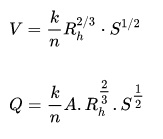
که در آن:
V سرعت متوسط (ft/s, m/s)
Q دبی متوسط خروجی (ft^3/s, m^3/s)
k یک تبدیل برای ثابت برابر با ۱٫۴۸۶ واحد مرسوم آمریکا یا ۱٫۰ برای واحدهای اس آی
n ضریب مانینگ (s/m^(1/3
Rh شعاع هیدرولیکی (نسبت مساحت سطح مقطع به محیط خیس شده) (ft, m)
S شیب افقی کانال (ft/ft, m/m) (S = hf/L)

Manning's n for Channels (Chow, 1959).
Type of Channel and Description |
Minimum |
Normal |
Maximum |
Natural streams - minor streams (top width at floodstage < 100 ft) | |||
1. Main Channels |
|
|
|
a. clean, straight, full stage, no rifts or deep pools |
0.025 |
0.030 |
0.033 |
b. same as above, but more stones and weeds |
0.030 |
0.035 |
0.040 |
c. clean, winding, some pools and shoals |
0.033 |
0.040 |
0.045 |
d. same as above, but some weeds and stones |
0.035 |
0.045 |
0.050 |
e. same as above, lower stages, more ineffective |
0.040 |
0.048 |
0.055 |
f. same as "d" with more stones |
0.045 |
0.050 |
0.060 |
g. sluggish reaches, weedy, deep pools |
0.050 |
0.070 |
0.080 |
h. very weedy reaches, deep pools, or floodways |
0.075 |
0.100 |
0.150 |
2. Mountain streams, no vegetation in channel, banks usually steep, trees and brush along banks submerged at high stages | |||
a. bottom: gravels, cobbles, and few boulders |
0.030 |
0.040 |
0.050 |
b. bottom: cobbles with large boulders |
0.040 |
0.050 |
0.070 |
3. Floodplains |
|
|
|
a. Pasture, no brush |
|
|
|
1.short grass |
0.025 |
0.030 |
0.035 |
2. high grass |
0.030 |
0.035 |
0.050 |
b. Cultivated areas |
|
|
|
1. no crop |
0.020 |
0.030 |
0.040 |
2. mature row crops |
0.025 |
0.035 |
0.045 |
3. mature field crops |
0.030 |
0.040 |
0.050 |
c. Brush |
|
|
|
1. scattered brush, heavy weeds |
0.035 |
0.050 |
0.070 |
2. light brush and trees, in winter |
0.035 |
0.050 |
0.060 |
3. light brush and trees, in summer |
0.040 |
0.060 |
0.080 |
4. medium to dense brush, in winter |
0.045 |
0.070 |
0.110 |
5. medium to dense brush, in summer |
0.070 |
0.100 |
0.160 |
d. Trees |
|
|
|
1. dense willows, summer, straight |
0.110 |
0.150 |
0.200 |
2. cleared land with tree stumps, no sprouts |
0.030 |
0.040 |
0.050 |
3. same as above, but with heavy growth of sprouts |
0.050 |
0.060 |
0.080 |
4. heavy stand of timber, a few down trees, little |
0.080 |
0.100 |
0.120 |
5. same as 4. with flood stage reaching branches |
0.100 |
0.120 |
0.160 |
4. Excavated or Dredged Channels |
|
|
|
a. Earth, straight, and uniform |
|
|
|
1. clean, recently completed |
0.016 |
0.018 |
0.020 |
2. clean, after weathering |
0.018 |
0.022 |
0.025 |
3. gravel, uniform section, clean |
0.022 |
0.025 |
0.030 |
4. with short grass, few weeds |
0.022 |
0.027 |
0.033 |
b. Earth winding and sluggish |
|
|
|
1. no vegetation |
0.023 |
0.025 |
0.030 |
2. grass, some weeds |
0.025 |
0.030 |
0.033 |
3. dense weeds or aquatic plants in deep channels |
0.030 |
0.035 |
0.040 |
4. earth bottom and rubble sides |
0.028 |
0.030 |
0.035 |
5. stony bottom and weedy banks |
0.025 |
0.035 |
0.040 |
6. cobble bottom and clean sides |
0.030 |
0.040 |
0.050 |
c. Dragline-excavated or dredged |
|
|
|
1. no vegetation |
0.025 |
0.028 |
0.033 |
2. light brush on banks |
0.035 |
0.050 |
0.060 |
d. Rock cuts |
|
|
|
1. smooth and uniform |
0.025 |
0.035 |
0.040 |
2. jagged and irregular |
0.035 |
0.040 |
0.050 |
e. Channels not maintained, weeds and brush uncut |
|
|
|
1. dense weeds, high as flow depth |
0.050 |
0.080 |
0.120 |
2. clean bottom, brush on sides |
0.040 |
0.050 |
0.080 |
3. same as above, highest stage of flow |
0.045 |
0.070 |
0.110 |
4. dense brush, high stage |
0.080 |
0.100 |
0.140 |
5. Lined or Constructed Channels |
|
|
|
a. Cement |
|
|
|
1. neat surface |
0.010 |
0.011 |
0.013 |
2. mortar |
0.011 |
0.013 |
0.015 |
b. Wood |
|
|
|
1. planed, untreated |
0.010 |
0.012 |
0.014 |
2. planed, creosoted |
0.011 |
0.012 |
0.015 |
3. unplaned |
0.011 |
0.013 |
0.015 |
4. plank with battens |
0.012 |
0.015 |
0.018 |
5. lined with roofing paper |
0.010 |
0.014 |
0.017 |
c. Concrete |
|
|
|
1. trowel finish |
0.011 |
0.013 |
0.015 |
2. float finish |
0.013 |
0.015 |
0.016 |
3. finished, with gravel on bottom |
0.015 |
0.017 |
0.020 |
4. unfinished |
0.014 |
0.017 |
0.020 |
5. gunite, good section |
0.016 |
0.019 |
0.023 |
6. gunite, wavy section |
0.018 |
0.022 |
0.025 |
7. on good excavated rock |
0.017 |
0.020 |
|
8. on irregular excavated rock |
0.022 |
0.027 |
|
d. Concrete bottom float finish with sides of: |
|
|
|
1. dressed stone in mortar |
0.015 |
0.017 |
0.020 |
2. random stone in mortar |
0.017 |
0.020 |
0.024 |
3. cement rubble masonry, plastered |
0.016 |
0.020 |
0.024 |
4. cement rubble masonry |
0.020 |
0.025 |
0.030 |
5. dry rubble or riprap |
0.020 |
0.030 |
0.035 |
e. Gravel bottom with sides of: |
|
|
|
1. formed concrete |
0.017 |
0.020 |
0.025 |
2. random stone mortar |
0.020 |
0.023 |
0.026 |
3. dry rubble or riprap |
0.023 |
0.033 |
0.036 |
f. Brick |
|
|
|
1. glazed |
0.011 |
0.013 |
0.015 |
2. in cement mortar |
0.012 |
0.015 |
0.018 |
g. Masonry |
|
|
|
1. cemented rubble |
0.017 |
0.025 |
0.030 |
2. dry rubble |
0.023 |
0.032 |
0.035 |
h. Dressed ashlar/stone paving |
0.013 |
0.015 |
0.017 |
i. Asphalt |
|
|
|
1. smooth |
0.013 |
0.013 |
|
2. rough |
0.016 |
0.016 |
|
j. Vegetal lining |
0.030 |
|
0.500 |
Manning's n for Closed Conduits Flowing Partly Full (Chow, 1959).
Type of Conduit and Description |
Minimum |
Normal |
Maximum |
1. Brass, smooth: |
0.009 |
0.010 |
0.013 |
2. Steel: |
|
|
|
Lockbar and welded |
0.010 |
0.012 |
0.014 |
Riveted and spiral |
0.013 |
0.016 |
0.017 |
3. Cast Iron: |
|
|
|
Coated |
0.010 |
0.013 |
0.014 |
Uncoated |
0.011 |
0.014 |
0.016 |
4. Wrought Iron: |
|
|
|
Black |
0.012 |
0.014 |
0.015 |
Galvanized |
0.013 |
0.016 |
0.017 |
5. Corrugated Metal: |
|
|
|
Subdrain |
0.017 |
0.019 |
0.021 |
Stormdrain |
0.021 |
0.024 |
0.030 |
6. Cement: |
|
|
|
Neat Surface |
0.010 |
0.011 |
0.013 |
Mortar |
0.011 |
0.013 |
0.015 |
7. Concrete: |
|
|
|
Culvert, straight and free of debris |
0.010 |
0.011 |
0.013 |
Culvert with bends, connections, and some debris |
0.011 |
0.013 |
0.014 |
Finished |
0.011 |
0.012 |
0.014 |
Sewer with manholes, inlet, etc., straight |
0.013 |
0.015 |
0.017 |
Unfinished, steel form |
0.012 |
0.013 |
0.014 |
Unfinished, smooth wood form |
0.012 |
0.014 |
0.016 |
Unfinished, rough wood form |
0.015 |
0.017 |
0.020 |
8. Wood: |
|
|
|
Stave |
0.010 |
0.012 |
0.014 |
Laminated, treated |
0.015 |
0.017 |
0.020 |
9. Clay: |
|
|
|
Common drainage tile |
0.011 |
0.013 |
0.017 |
Vitrified sewer |
0.011 |
0.014 |
0.017 |
Vitrified sewer with manholes, inlet, etc. |
0.013 |
0.015 |
0.017 |
Vitrified Subdrain with open joint |
0.014 |
0.016 |
0.018 |
10. Brickwork: |
|
|
|
Glazed |
0.011 |
0.013 |
0.015 |
Lined with cement mortar |
0.012 |
0.015 |
0.017 |
Sanitary sewers coated with sewage slime with bends and connections |
0.012 |
0.013 |
0.016 |
Paved invert, sewer, smooth bottom |
0.016 |
0.019 |
0.020 |
Rubble masonry, cemented |
0.018 |
0.025 |
0.030 |
Manning's n for Corrugated Metal Pipe (AISI, 1980).
Type of Pipe, Diameter and Corrugation Dimension |
n |
1. Annular 2.67 x 1/2 inch (all diameters) |
0.024 |
2. Helical 1.50 x 1/4 inch |
|
8" diameter |
0.012 |
10" diameter |
0.014 |
3. Helical 2.67 x 1/2 inch |
|
12" diameter |
0.011 |
18" diameter |
0.014 |
24" diameter |
0.016 |
36" diameter |
0.019 |
48" diameter |
0.020 |
60" diameter |
0.021 |
4. Annular 3x1 inch (all diameters) |
0.027 |
5. Helical 3x1 inch |
|
48" diameter |
0.023 |
54" diameter |
0.023 |
60" diameter |
0.024 |
66" diameter |
0.025 |
72" diameter |
0.026 |
78" diameter and larger |
0.027 |
6. Corrugations 6x2 inches |
|
60" diameter |
0.033 |
72" diameter |
0.032 |
120" diameter |
0.030 |
180" diameter |
0.028 |

مدیر سایت: بهزاد سرهادی کارشناس ارشد مهندسی آب
شناسه تلگرام مدیر سایت: SubBasin@
نشانی ایمیل: behzadsarhadi@gmail.com
(سوالات تخصصی را در گروه تلگرام ارسال کنید)
_______________________________________________________
پروژه تخصصی در لینکدین




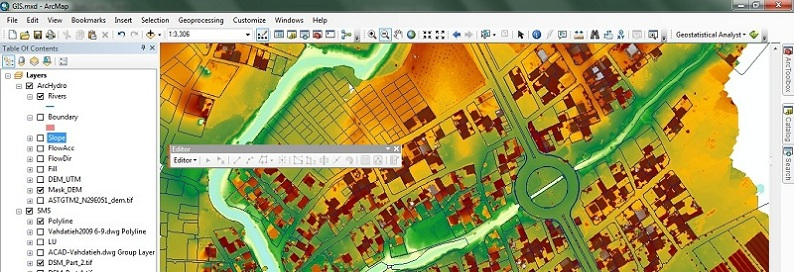
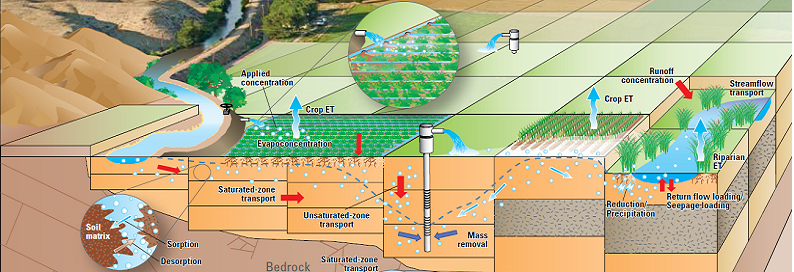
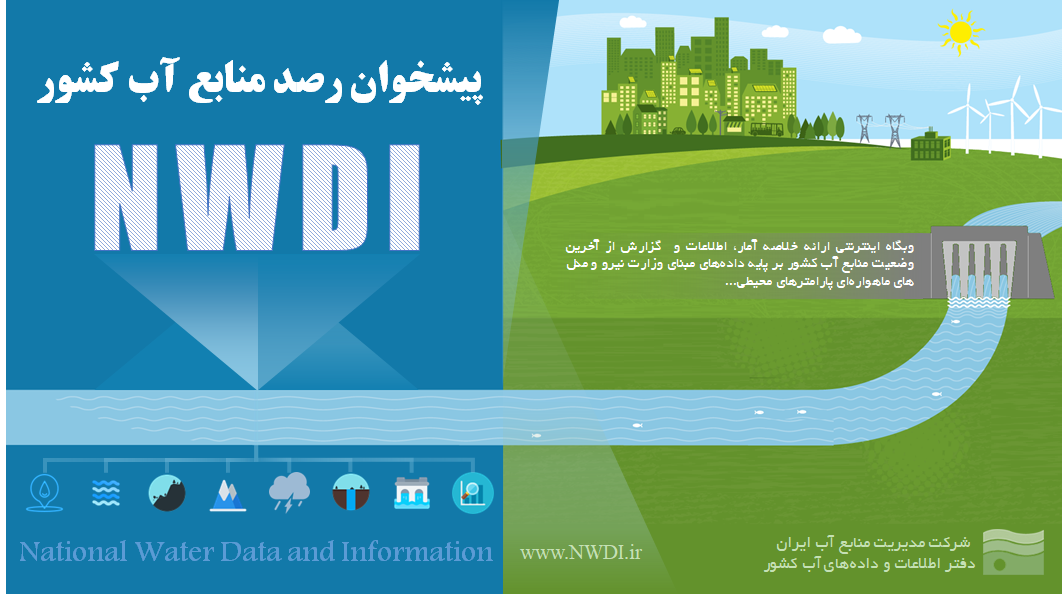
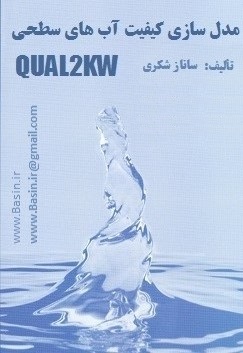
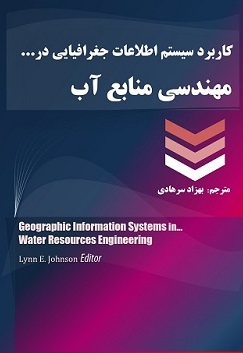
 در منابع آب
در منابع آب


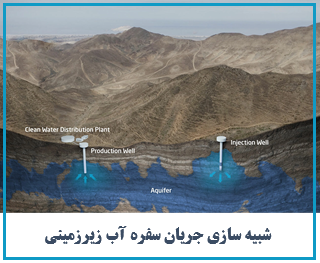
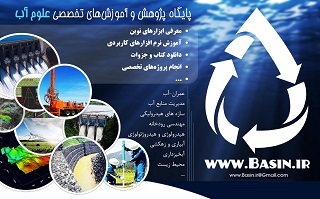
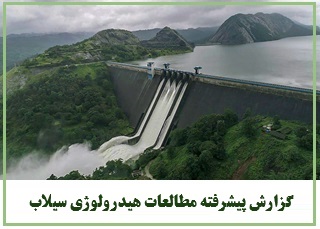

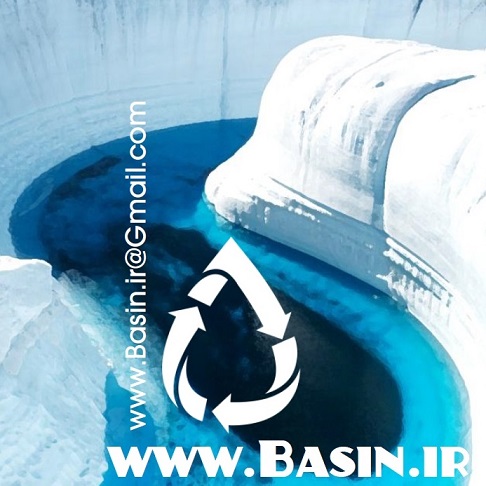






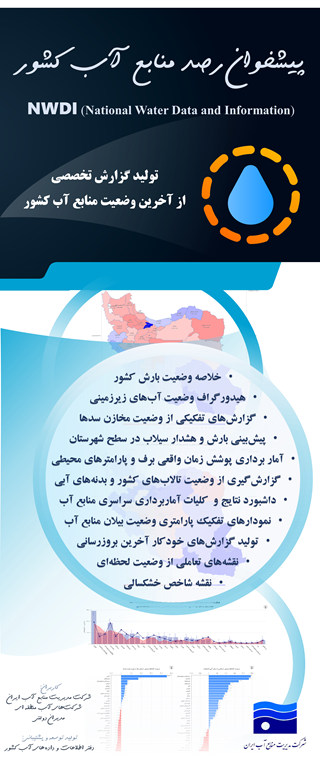

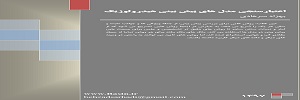
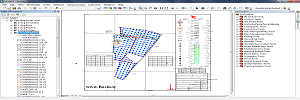
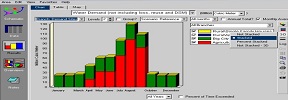
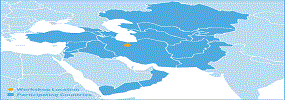

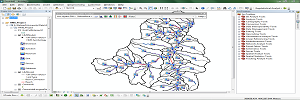
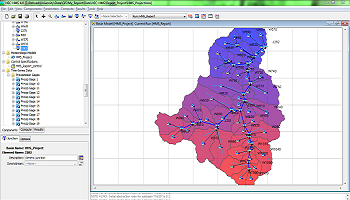

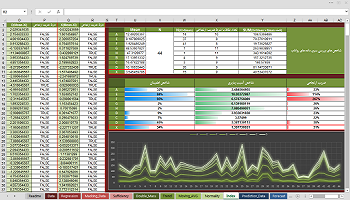

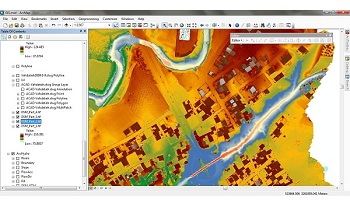
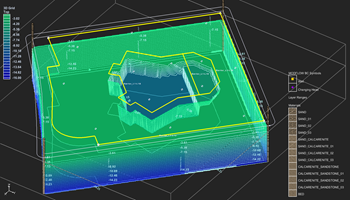

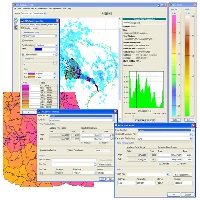
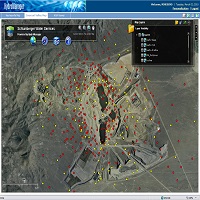
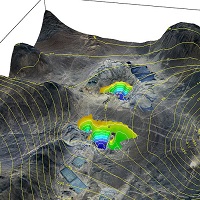
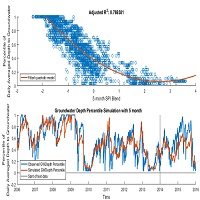





نظرات (۰)